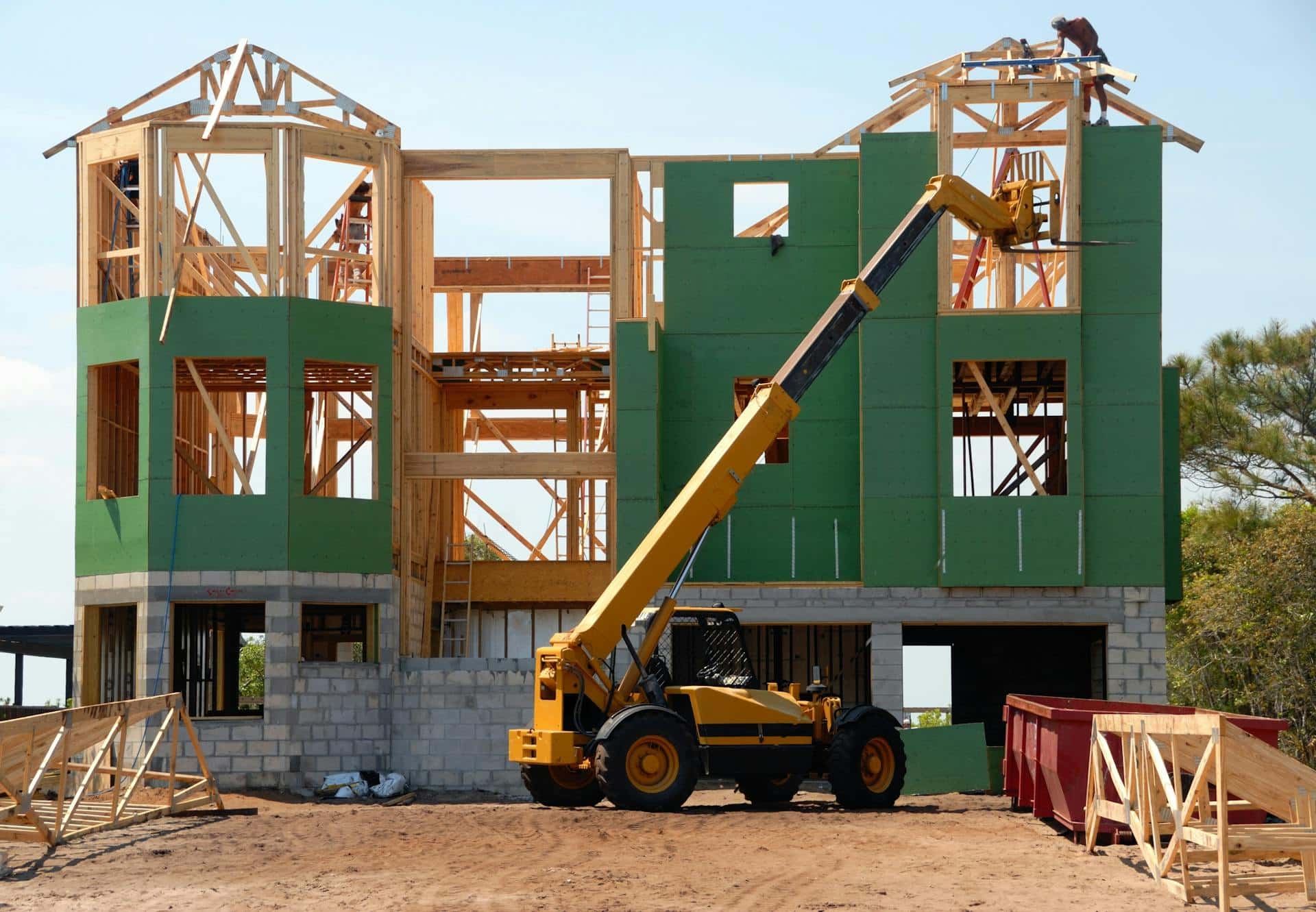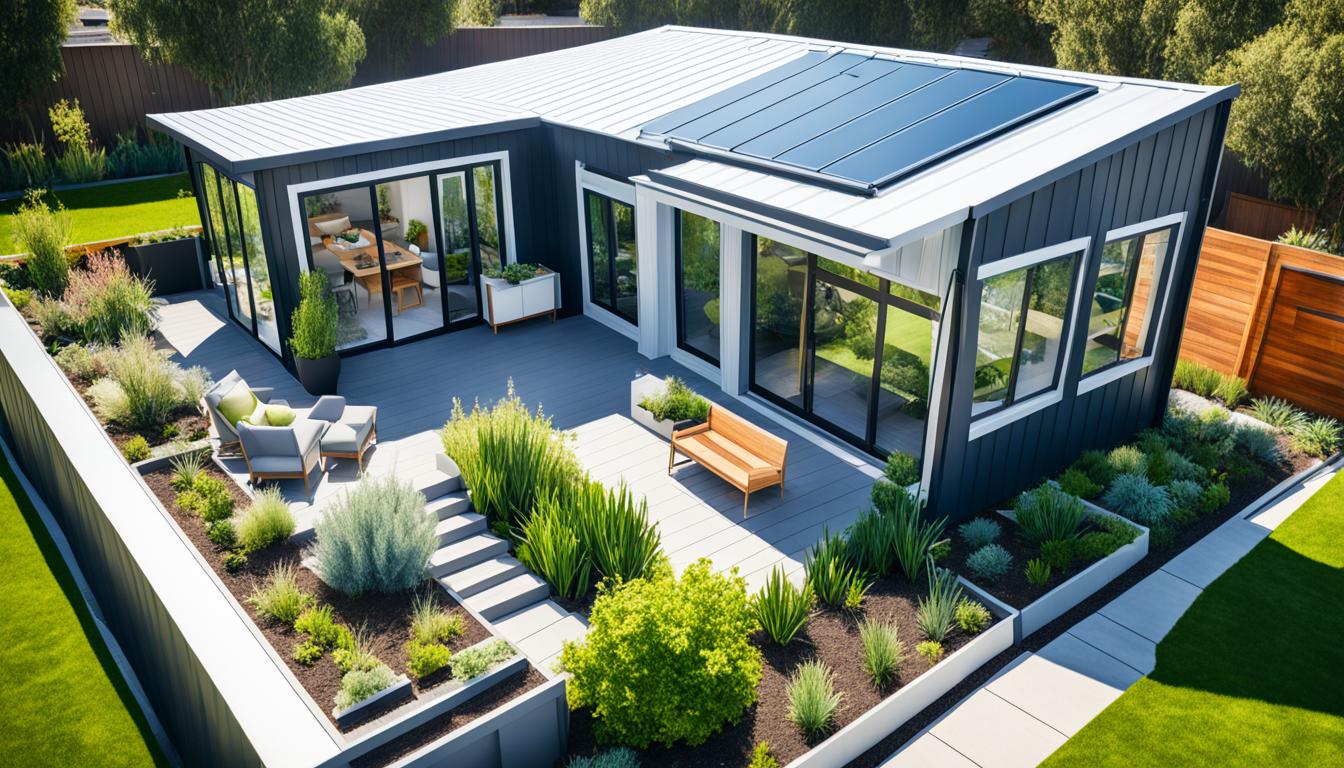Ten Essential Factors to Consider when Building a Family Home
Building your first-ever family home stands as a monumental milestone in life. It’s a dream many of us harbor, envisioning a sanctuary where memories will unfold and legacies will be built. However, transforming this dream into reality is no small feat.
It requires a considerable investment of not just finances but also time, effort, and a great deal of thought. Crafting a home that resonates with the needs and aspirations of your family demands careful planning and informed decision-making.
As you embark on this significant journey, there are ten essential factors you must consider to ensure that your investment blossoms into the home you’ve always imagined.
Budget Planning
 Financial foresight is your best tool in ensuring that your dream home doesn’t become a financial nightmare. Budgeting goes beyond the bricks and mortar; it encompasses every nail used and every hour of labor.
Financial foresight is your best tool in ensuring that your dream home doesn’t become a financial nightmare. Budgeting goes beyond the bricks and mortar; it encompasses every nail used and every hour of labor.
Start with a clear figure in mind and work backward, accounting for every potential cost, from permits and professional fees to the unforeseen expenses that invariably arise.
A contingency fund is not optional but a necessity, cushioning you against the unexpected. Proper financial planning ensures that your project progresses smoothly without the need for compromises that could dilute your vision.
Hiring Reliable Architects
The actual process begins with selecting the right architecture company, a decision that can significantly influence the outcome of your project. A reliable architecture company such as W.C. Ralston Architects serves as your guide, transforming your abstract ideas into concrete plans.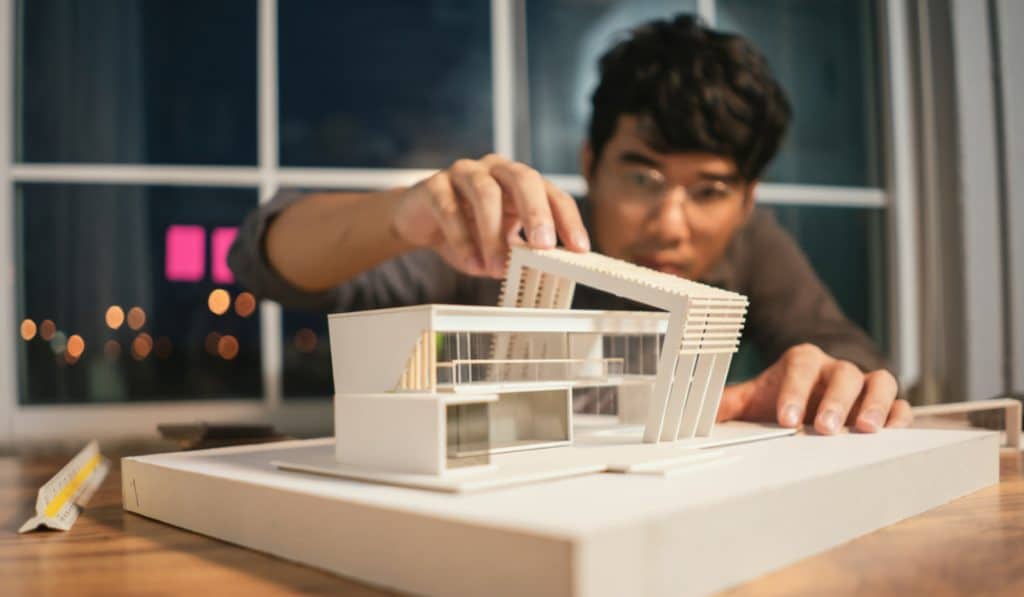
They bring technical expertise, creative design, and an understanding of legalities that lay the groundwork for your dream home. When choosing an architect, prioritize their portfolio and ensure it aligns with your aesthetic and functional desires.
Their past projects should speak to you, showcasing not just their design capability but also their ability to innovate and problem-solve. Communication is key; your architect should be someone you feel comfortable discussing your visions and concerns with. They’re not just building a structure; they’re helping you build a future.
Location and Land Selection
The saying “Location, location, location” holds especially true when building a family home. Your chosen spot sets the stage for your family’s daily life, influencing everything from community connections to commute times.
The ideal location balances accessibility with privacy, offering convenience without sacrificing tranquility. Once you’ve found your location, the land itself demands scrutiny.
Soil type, topography, and local climate dictate the feasibility of your build and can significantly impact construction costs. Selecting the right land is as crucial as the design of the home itself.
Sustainable Design
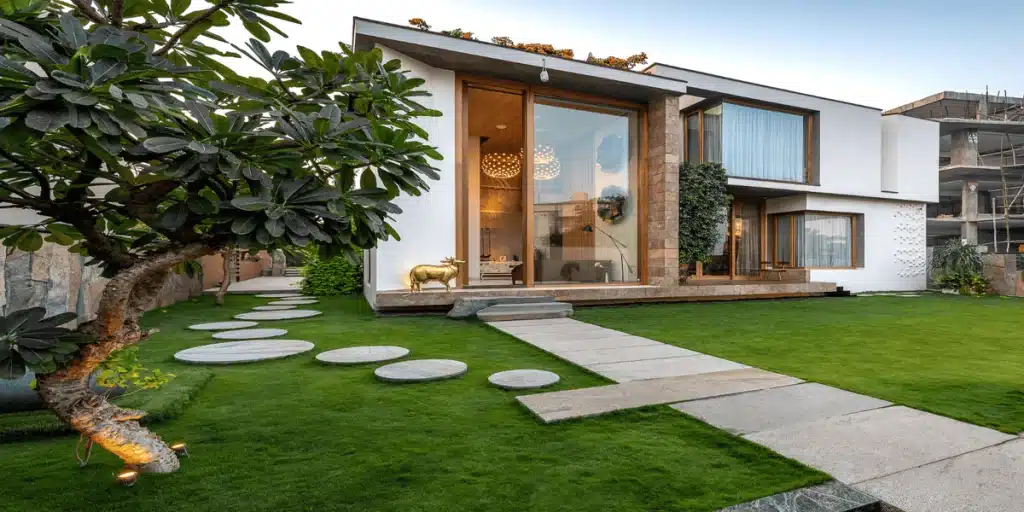 Sustainable design combines environmental stewardship with economic sense. In an age where energy costs are rising, and environmental awareness is growing, incorporating sustainable features into your home design is both a moral and financial decision.
Sustainable design combines environmental stewardship with economic sense. In an age where energy costs are rising, and environmental awareness is growing, incorporating sustainable features into your home design is both a moral and financial decision.
Think solar panels for energy, rainwater harvesting for gardening, and thermal insulation to reduce heating and cooling costs.
These elements not only lower your carbon footprint but also enhance the long-term value and efficiency of your home. A sustainable home is a legacy, a gift to future generations who will inhabit and care for it after you.
Future-Proofing
Life is dynamic, and your family home should be too. Future-proofing involves anticipating changes in your family’s needs and designing your home to adapt. This could mean creating spaces that can easily transition from a playroom to a study or incorporating features that facilitate aging in place.
Consideration for future technology integration is also key, ensuring your home can accommodate advancements in smart home technologies. By planning for the future, your home remains a comfortable, functional sanctuary through all of life’s stages.
Interior Layout and Design
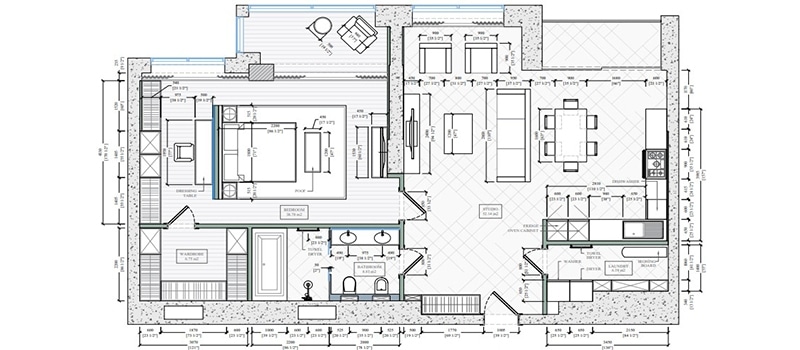 The heart of your home lies in its layout and design – it’s where function meets form. The blueprint of your home should cater to your lifestyle, facilitating both intimate family moments and larger gatherings.
The heart of your home lies in its layout and design – it’s where function meets form. The blueprint of your home should cater to your lifestyle, facilitating both intimate family moments and larger gatherings.
An open-plan living area might serve as the hub of the house, offering a versatile space for interaction, while separate bedrooms and workspaces ensure privacy when needed. The layout should promote a natural flow between rooms, minimizing wasted space and maximizing functionality.
Consider the placement of windows and doors to enhance natural light and ventilation, reducing energy costs and fostering a connection with the outdoors.
Choosing the Right Materials
Materials play a pivotal role in defining both the look and longevity of your home. Durability, maintenance, sustainability, and aesthetics are key factors to weigh. While high-quality materials may demand a higher initial investment, their longevity, and timeless appeal offer cost-effectiveness in the long run.
Local materials not only support the economy but also tend to blend seamlessly with the landscape, enhancing the home’s aesthetic. Additionally, eco-friendly materials such as bamboo, reclaimed wood, or recycled steel contribute to a sustainable build, reducing your home’s environmental footprint.
Technology Integration
In the digital age, integrating technology into your home is not just a luxury but a necessity. Smart home systems offer unprecedented convenience, allowing you to control lighting, heating, security, and entertainment with the touch of a button or the sound of your voice.
These systems can enhance energy efficiency, reduce utility bills, and provide peace of mind through enhanced security features. As technology continues to evolve, designing your home with future integration in mind ensures it remains compatible with the latest innovations, adding to its functionality and value.
Outdoor Spaces
Outdoor spaces are an extension of your home, offering a sanctuary for relaxation, play, and social gatherings. Whether it’s a sprawling backyard, a cozy patio, or a vibrant garden, these areas contribute significantly to the quality of life they offer. Designing these spaces with the same care as the interior ensures a harmonious transition between indoors and out.
Consider landscaping that complements the home’s design and your lifestyle, incorporating elements like outdoor kitchens, fire pits, or water features for an added touch of luxury and enjoyment.
Legal and Regulatory Compliance
Finally, navigating the maze of legal and regulatory requirements is crucial to ensure your home-building project proceeds without hitches. From zoning laws to building codes and environmental regulations, compliance is key to avoiding costly delays and fines.
Engage with local authorities early in the process to understand the requirements specific to your area. Obtaining the necessary permits and ensuring your design adheres to all regulations not only safeguards your investment but also ensures the safety and well-being of your family.
Conclusion: Building Your Future
Building your family home is a journey filled with excitement, challenges, and decisions. By considering these ten essential factors, you set a strong foundation for a home that not only stands the test of time but also becomes a cherished space where your family can grow and thrive.
Remember, every choice you make, from the architect you hire to the materials you select, weaves together the story of your home. With thoughtful planning and informed decision-making, you can turn the dream of building your family home into a beautiful reality.

